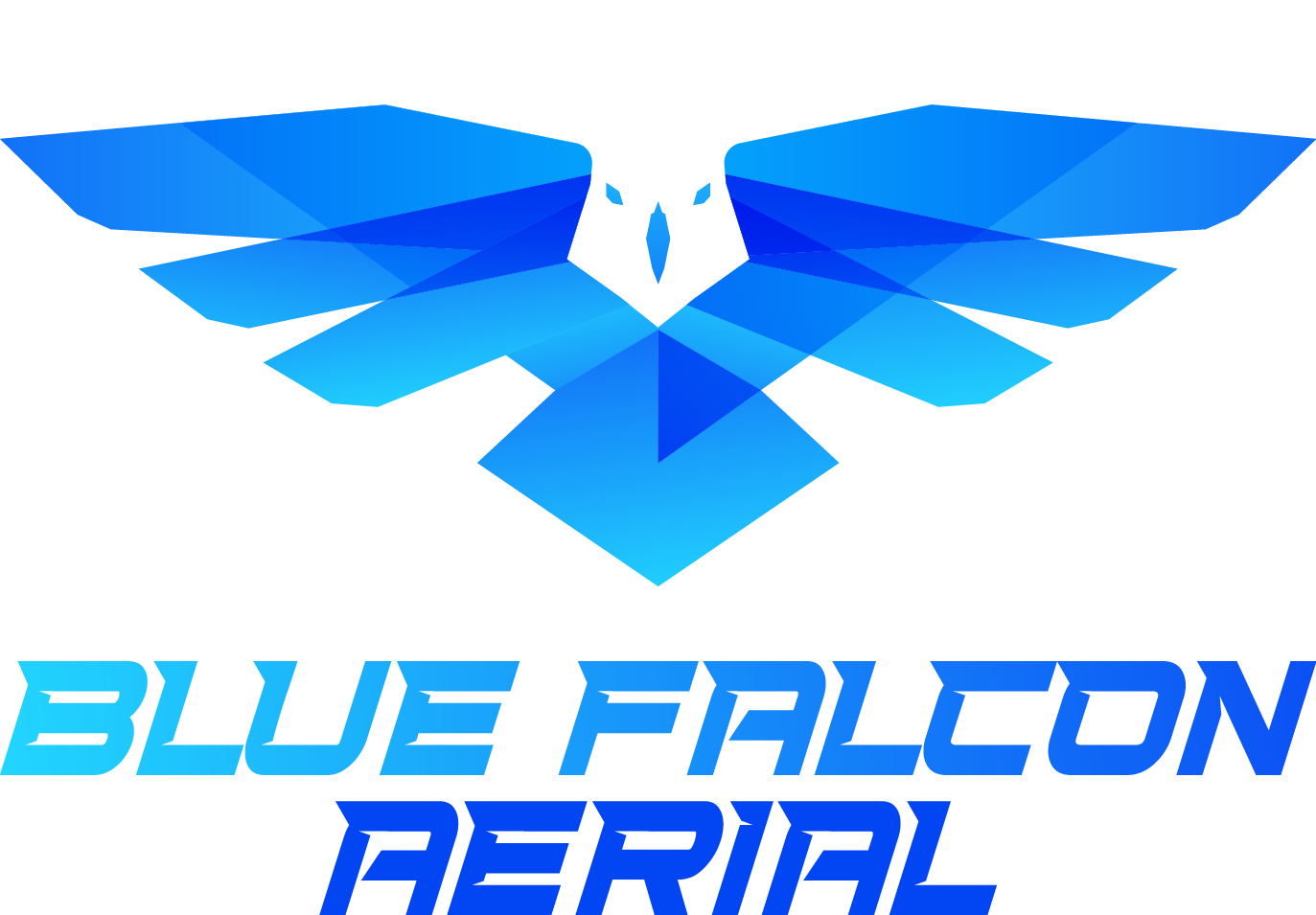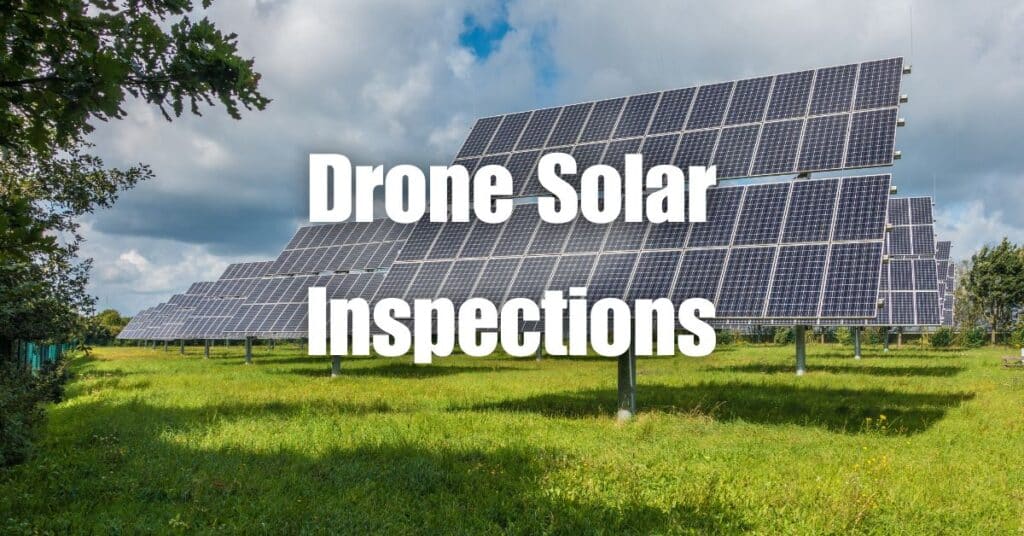Imagine having the power to save time, resources, and money on infrastructure maintenance while improving safety and efficiency. That’s precisely what drone LiDAR technology offers! In this article, we’ll explore how saving money with LiDAR is revolutionizing the way we maintain our vital infrastructure. From bridges and railways to power lines and roads, drone LiDAR is the game-changer you can’t afford to ignore.
What is LiDAR Technology?
LiDAR, short for Light Detection and Ranging, is a remote sensing technology that uses laser light to measure distances and create detailed, three-dimensional representations of the Earth’s surface. The technology works by emitting laser pulses and then measuring the time it takes for the light to bounce back after hitting an object. This time delay, along with the speed of light, is used to calculate the distance between the LiDAR sensor and the object.
There are two primary types of LiDAR systems: airborne and terrestrial. Airborne LiDAR is typically mounted on aircraft or drones, while terrestrial LiDAR systems are stationed on the ground or attached to moving vehicles. In recent years, drone-mounted LiDAR has gained popularity due to its flexibility and cost-effectiveness.
How Does LiDAR Save Money?
LiDAR technology offers several advantages that contribute to cost savings across various industries. Here are some key ways in which LiDAR helps save money:
Efficient Data Collection: LiDAR systems can collect vast amounts of highly accurate data in a short period, reducing the time and resources needed for traditional surveying methods. This efficiency leads to faster decision-making and project completion, ultimately saving money.
Reduced Human Error: The automation and accuracy of LiDAR technology minimize the potential for human error, leading to more reliable data and better decision-making. This accuracy reduces the risk of costly mistakes and the need for repeated measurements.
Improved Safety: In many industries, LiDAR technology can be used to survey hazardous or hard-to-reach areas without putting workers at risk. By reducing the need for human intervention in dangerous situations, LiDAR can help prevent workplace accidents and their associated costs.
Versatility: LiDAR technology can be adapted to various applications, making it a cost-effective solution for organizations that need to conduct surveys for different purposes. Additionally, the data collected by LiDAR systems can be repurposed for multiple uses, maximizing the return on investment.
In the next section, we will delve into some industries that have effectively harnessed the power of LiDAR technology to save money and improve operations.
Industries Using LiDAR Technology to Save Money
LiDAR technology has found its way into various industries, helping them save money and optimize their operations. Let’s take a closer look at some of these industries and how they benefit from LiDAR:
Infrastructure Maintenance
As we discussed earlier, drone LiDAR is particularly effective in infrastructure maintenance. It enables the efficient inspection of bridges, railways, power lines, and roads, reducing the time and resources required for these tasks while improving safety.
Agriculture
LiDAR technology has become a valuable tool in precision agriculture, allowing farmers to create accurate topographical maps of their fields. These maps help identify areas that require more or less irrigation, fertilization, or pest control, resulting in more efficient resource use and reduced operational costs.
Forestry
Forestry professionals use LiDAR to assess forest health, monitor tree growth, and estimate biomass. The detailed information provided by LiDAR helps foresters make informed decisions about harvesting, replanting, and forest management, ultimately reducing costs and improving sustainability.
Environmental Management
LiDAR plays a crucial role in environmental management, enabling organizations to monitor natural resources, track erosion, and assess flood risk. By providing accurate and up-to-date data, LiDAR helps minimize the impact of environmental disasters and assists in making cost-effective resource management decisions.
Mining
In the mining industry, LiDAR technology is used for various applications, including mine site planning, stockpile monitoring, and pit and slope stability assessments. With the help of LiDAR, mining companies can optimize their operations, reduce risk, and ultimately cut costs.
LiDAR for Financial Efficiency and Cost Savings
As industries continue to adopt LiDAR technology, the financial benefits become increasingly apparent. Here are some ways in which LiDAR contributes to financial efficiency and cost savings:
Data-Driven Decision Making
By providing accurate and detailed data, LiDAR empowers organizations to make more informed decisions. This data-driven approach leads to better resource allocation, improved risk management, and ultimately, cost savings.
Asset Management
LiDAR technology helps organizations efficiently manage and maintain their physical assets by enabling precise monitoring and assessment of their condition. This proactive approach to asset management minimizes unexpected costs and downtime, resulting in significant savings.
Risk Mitigation
LiDAR data can be used to identify potential risks and hazards, enabling organizations to take preventive action before costly incidents occur. By proactively addressing potential issues, companies can avoid costly repairs, downtime, and liability.
In the following sections, we will explore potential drawbacks of using LiDAR technology in finance and dive into specific finance applications where LiDAR can help save money and improve efficiency.
Potential Drawbacks of Using LiDAR Technology in Finance
While LiDAR technology offers numerous benefits, it’s essential to be aware of some potential drawbacks, particularly when it comes to its application in finance. Here are a few concerns to consider:
Initial Investment
Implementing LiDAR technology can require a significant initial investment, especially for smaller organizations. Although the technology has become more affordable in recent years, the cost of purchasing or renting LiDAR equipment, as well as training staff, can be prohibitive for some companies.
Data Processing and Storage
The vast amount of data generated by LiDAR systems can be both a blessing and a curse. Processing, analyzing, and storing this data can be time-consuming and resource-intensive, potentially offsetting some of the cost savings gained through the technology.
Regulatory and Privacy Concerns
As with any technology that collects and stores data, there are potential regulatory and privacy concerns associated with LiDAR. Financial organizations, in particular, must be cautious about how they use and store sensitive information to ensure compliance with data protection laws and avoid potential fines.
LiDAR Finance Applications
Despite the potential drawbacks, LiDAR technology offers several valuable applications in the finance industry, contributing to cost savings and improved efficiency. Let’s examine some of these applications:
Insurance
Insurance companies can leverage LiDAR data to assess property risk more accurately, leading to better pricing and underwriting decisions. Additionally, LiDAR can help insurers respond more effectively to natural disasters by providing detailed information on affected areas, enabling quicker and more efficient claims processing.
Real Estate
In the real estate sector, LiDAR technology can be used to create detailed 3D models of properties, providing potential buyers with accurate representations of buildings and surrounding areas. This innovation can streamline the property valuation process, saving time and resources for both buyers and sellers.
Banking
Banks and financial institutions can use LiDAR technology to assess the value and risks associated with physical assets, such as real estate or infrastructure projects. By obtaining precise data on these assets, banks can make more informed lending decisions, reducing risk and optimizing their loan portfolios.
In the next sections, we will discuss LiDAR cost reduction strategies, LiDAR for business optimization, and real-world examples of saving money with LiDAR.
LiDAR Cost Reduction Strategies
Organizations looking to implement LiDAR technology can adopt various strategies to maximize cost savings and ensure a solid return on investment. Here are some cost reduction strategies to consider:
Opt for Drone-Mounted LiDAR
Drone-mounted LiDAR systems are often more affordable and versatile than traditional airborne or terrestrial LiDAR systems. They can be deployed more quickly and easily, reducing the time and resources required for data collection.
Collaborate with Other Organizations
Sharing LiDAR data or equipment with other organizations can help to offset the costs of implementation. By collaborating with industry partners or joining consortiums, companies can pool resources and knowledge, maximizing the value of their LiDAR investment.
Invest in Data Processing and Analysis Tools
Efficient data processing and analysis tools can help organizations make the most of the information gathered through LiDAR technology. By automating data processing and leveraging artificial intelligence and machine learning algorithms, companies can reduce the time and resources required to analyze LiDAR data, leading to more significant cost savings.
Train In-House Teams
Investing in the training and development of in-house LiDAR experts can save organizations money in the long run by reducing the need for external consultants or service providers. Having a skilled team on board can also help ensure that LiDAR data is used effectively, maximizing the return on investment.
LiDAR for Business Optimization
In addition to cost savings, LiDAR technology can help organizations optimize their business operations in various ways. Here are some examples of how LiDAR can contribute to business optimization:
Enhanced Decision-Making
The accurate, high-resolution data provided by LiDAR technology can significantly improve decision-making across various aspects of a business. From asset management to risk assessment, having access to reliable data enables organizations to make more informed choices that contribute to long-term success.
Streamlined Workflows
By automating data collection and reducing the need for manual surveys, LiDAR technology can help streamline workflows and increase overall efficiency. This automation allows organizations to allocate their resources more effectively and focus on other critical aspects of their business.
Improved Customer Experience
In industries like real estate and insurance, LiDAR technology can help improve the customer experience by providing more accurate property assessments and faster claims processing. This enhanced customer experience can lead to increased customer satisfaction and loyalty, ultimately contributing to a company’s bottom line.
Competitive Advantage
Adopting LiDAR technology can give organizations a competitive edge in their industry. By staying at the forefront of technological advancements, companies can offer their clients innovative solutions and set themselves apart from their competitors.
In the next section, we will explore real-world examples of saving money with LiDAR across various industries.
Real-World Examples of Saving Money with LiDAR
Numerous organizations have successfully implemented LiDAR technology to save money and improve their operations. Let’s examine a few real-world examples across different industries:
Transportation Infrastructure
In 2016, the Oregon Department of Transportation used drone-mounted LiDAR technology to inspect the Coos Bay Rail Bridge, a critical transportation link in the region. The LiDAR survey helped identify structural issues that required repair, allowing the department to address these problems before they escalated into costly failures. By using LiDAR, the department was able to save an estimated $200,000 in inspection costs and avoid potential shutdowns.
Mining
Mining company Anglo American has employed LiDAR technology to enhance safety and reduce costs at its operations in South Africa. The company used drone-mounted LiDAR to monitor open pit mine slopes for signs of instability, allowing them to take preventive action and avoid potential accidents. This proactive approach has contributed to a safer working environment and significant cost savings.
Utility Companies
Utility companies worldwide have embraced LiDAR technology to improve the inspection and maintenance of power lines and other infrastructure. For example, Pacific Gas and Electric (PG&E) in California has used LiDAR data to identify vegetation encroachment on power lines, allowing them to address these issues more efficiently and reduce the risk of wildfires. This implementation has led to cost savings in terms of both infrastructure maintenance and potential disaster mitigation.
Coastal Management
The Dutch government has employed LiDAR technology to monitor coastal erosion and inform its coastal management strategy. By using LiDAR to create accurate, up-to-date maps of the coastline, the government can better understand the risks posed by erosion and develop cost-effective solutions to protect vulnerable areas. This data-driven approach has resulted in significant cost savings and more effective coastal management.
The Future of LiDAR in Cost Savings and Efficiency
As LiDAR technology continues to advance and become more affordable, its potential for cost savings and improved efficiency across various industries will only grow. The increasing adoption of drone-mounted LiDAR systems, combined with developments in data processing and analysis tools, will further enhance the technology’s capabilities.
Organizations that recognize the value of LiDAR and invest in its implementation can reap significant benefits, from reduced operational costs to more efficient decision-making and enhanced customer experience. As LiDAR technology becomes more accessible, it will play an increasingly vital role in driving business optimization and cost savings in the years to come.
Contact Blue Falcon Aerial for Drone Services to Save Money
If you’re looking to save money and optimize your operations with LiDAR technology, partnering with a trusted drone services provider like Blue Falcon Aerial is a smart decision. Blue Falcon Aerial specializes in delivering high-quality aerial data and LiDAR solutions tailored to your organization’s needs, ensuring that you make the most of this innovative technology.
How Blue Falcon Aerial Can Help
Blue Falcon Aerial has a team of experienced professionals who understand the intricacies of LiDAR technology and drone operations. Our team will work closely with you to assess your requirements, develop a customized data acquisition plan, and provide expert guidance on leveraging LiDAR data for cost savings and operational efficiency.
By partnering with Blue Falcon Aerial, you’ll benefit from:
- Access to the latest drone-mounted LiDAR technology
- Customized data acquisition plans tailored to your organization’s needs
- Expert guidance on using LiDAR data for cost savings and improved efficiency
- Professional and reliable drone services with a focus on safety and compliance
Blue Falcon Aerial Deliverables
At Blue Falcon Aerial, we pride ourselves on providing high-quality deliverables that meet your organization’s specific needs. Our comprehensive range of deliverables includes:
- High-resolution aerial imagery
- 3D point clouds and digital surface models
- Topographic maps and contour data
- Vegetation analysis and encroachment reports
- Infrastructure inspection and assessment reports
By working with Blue Falcon Aerial, you can be confident that you’ll receive accurate, reliable data that will help you make informed decisions, save money, and optimize your operations.
If you’re ready to explore the cost-saving potential of drone LiDAR technology, don’t hesitate to contact Blue Falcon Aerial at https://www.bluefalconaerial.com/home/contact/. Our team is committed to helping you achieve your goals and unlock the full potential of LiDAR for your organization.
In conclusion, LiDAR technology is transforming how industries approach cost savings, efficiency, and decision making. With its ability to provide precise and detailed data, LiDAR has become an essential tool across numerous sectors, including finance. To learn more about LiDAR and its applications, be sure to check out our article on Aerial LiDAR 101: An Introduction to its Applications and Benefits.




